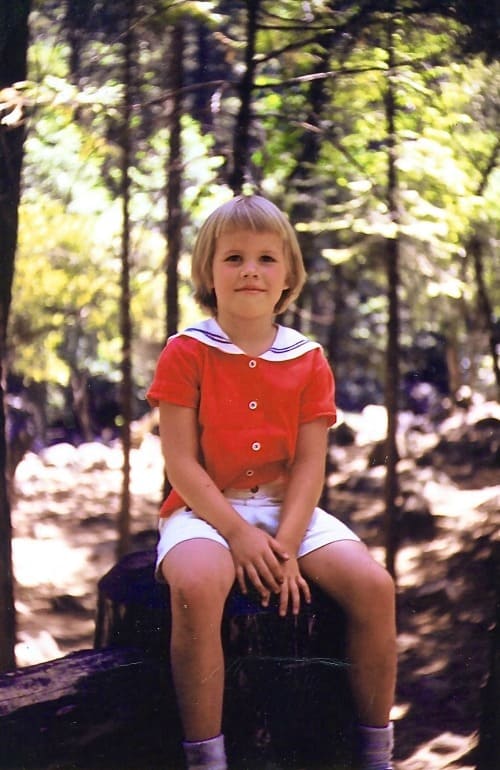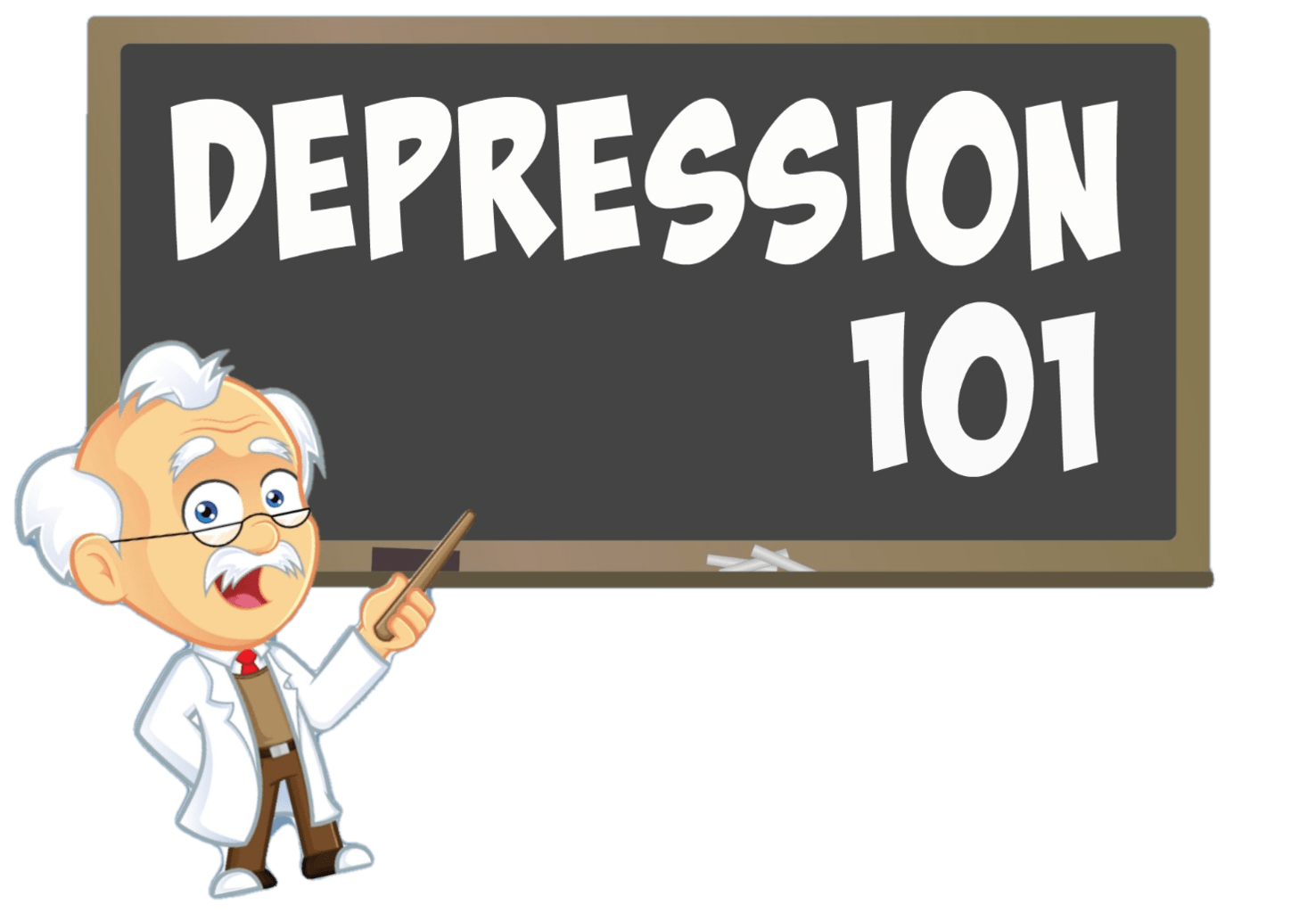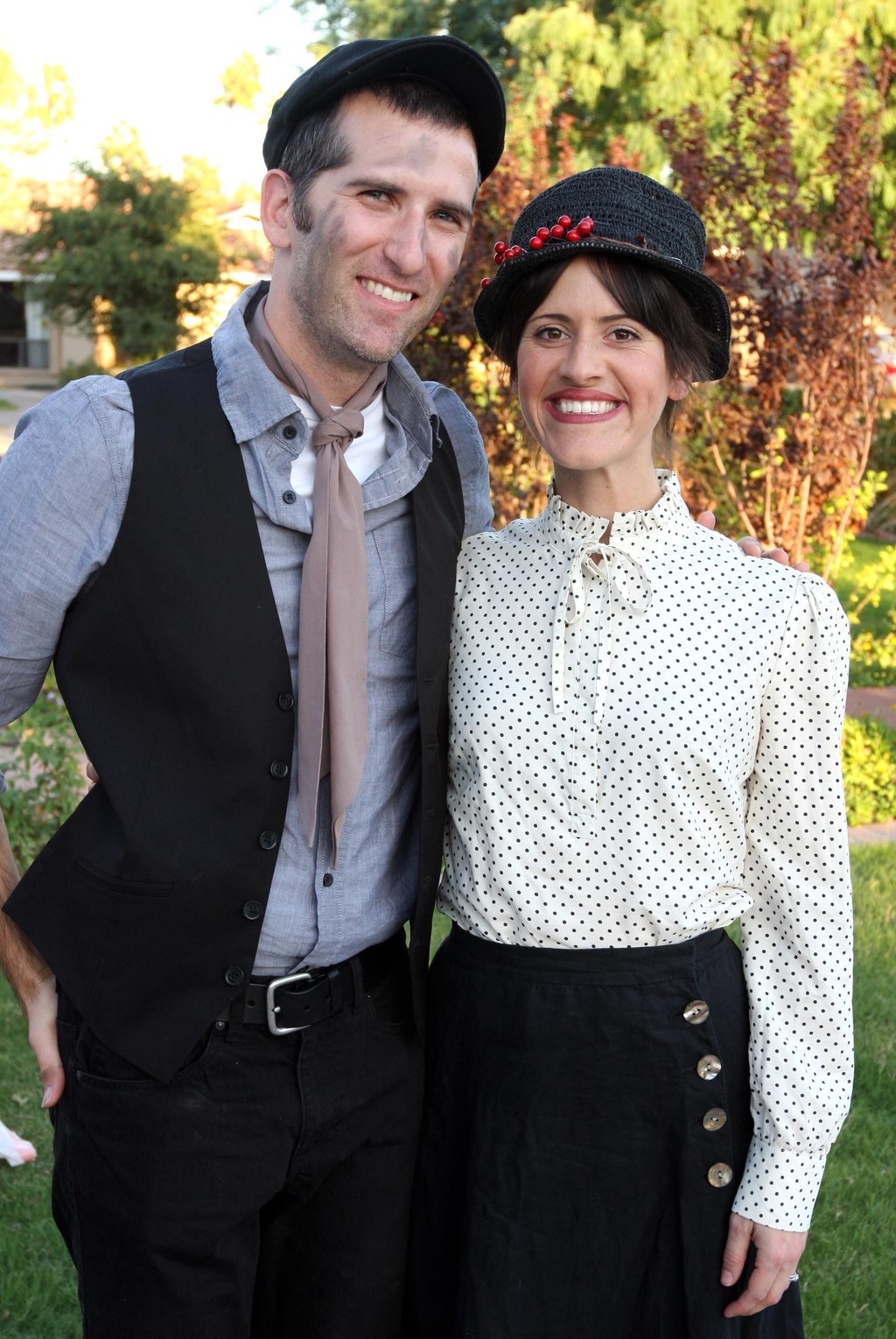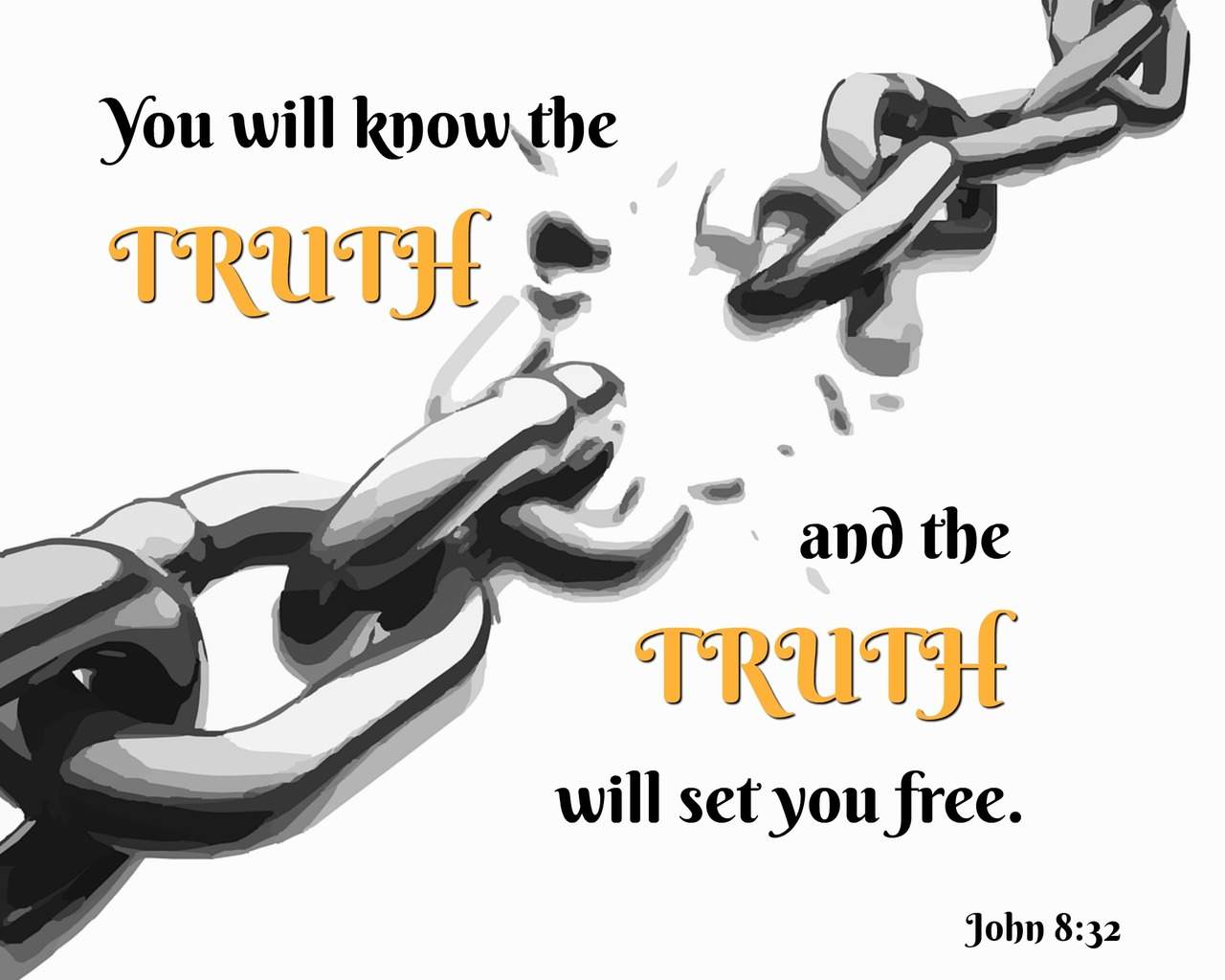Childhood Memories
Childhood Memories
As my husband Ron and I were exiting the movie theater after viewing, Saving Mr. Banks, I felt an overwhelming urge to write. I was deeply moved as I blended my own childhood memories with a couple of the scene’s that were portrayed in this movie.
Allow me to warn you, Saving Mr. Banks is not a “warm and fuzzy” film. It is the back-story of how Walt Disney ultimately received the rights to the book, Mary Poppins, that finally allowed him to make the movie. It took 20 year’s for Mr. Disney to convince Mrs. P. L. Travers that she should allow him to make her book into a movie sensation.
The author, Mrs. Travers was a domineering and extremely unhappy woman. I found myself wondering how someone so unhappy could write such an enchanting story?
Mrs. Travers sad and lonely adulthood was shaped by some very traumatic and emotionally scarring events.
THE TRUTH ABOUT MY OWN CHILDHOOD
On the drive home from the theater, I attempted to describe to Ron what it was that had caused me to succumb to the film’s emotional roller coaster. A ride that didn’t stop until the final credits began to roll! During the movie I found myself sobbing during one scene, tapping my toes through another one and literally laughing out loud to something else.
I sensed that the Holy Spirit was attempting to get my attention. When I finally decided to listen He told me that it was time for me to begin working through some of my own painful childhood memories. Memories that I had purposefully buried many years ago. Why did God want me to dig them all back up again? What good could ever come from rehashing the past?

“Why did God want me to dig them all back up again? What good could ever come from rehashing the past?”
Well, with the guidance from Godly therapists I discovered why it was important for me to go back and dig up and examine some of those painful childhood memories. The truth was that
for 50 years I had allowed my childhood memories to define me.
Who I was and who I was not.
What I could do and what I could not do.
How I would or would not deal with emotional situations.
How close I would allow people to get to me.
How far away was far enough to feel safe?
The key question became, who could I trust?
In the movie, Mrs. Travers was portrayed as a sad, grumpy, lonely woman who trusted no one. She had a beautiful home where she felt safe and found personal comfort. She appeared to have been stuck back in the days of her childhood. Mrs. Travers had seemingly no new dream to pursue. She had stopped believing that one day that elusive brass ring would be within her reach.
No, for Mrs. Travers, her life ended many, many years prior.
I sat there, in my soft cushy theater seat, watching expectantly as the woman up there on that silver screen finally allowed her pent-up tears to begin falling from her once steely, cold eyes. As the tears continued to roll down her cheeks Mrs. P. L. Tavers could have been recalling how she, as a child, had never allowed herself to grieve the loss of her father.
Childhood trauma will never heal unless those painful events are brought out into the open. Truth is the gateway to freedom. Freedom from childhood pain, shame, and guilt. Truth is what can set you free. In the Bible, John 8:32 says, “You will know the Truth and the Truth will set you free.”
Finally, her childhood memories were no longer being allowed to define her. The truth had set her free.
God’s Word has taught me that feelings of shame, guilt and unworthiness are all lies that have been perpetrated by Satan. It was time for me to take a realistic look at my childhood wounds caused by being sexually abused and grew up with a mom who had an untreated mental illness.
I was ready to replace what I now recognized as a lie with the truth. My journey, from this point forward, would be centered on knowing and following God’s Truth.
How about YOU?
Is it time yet?





